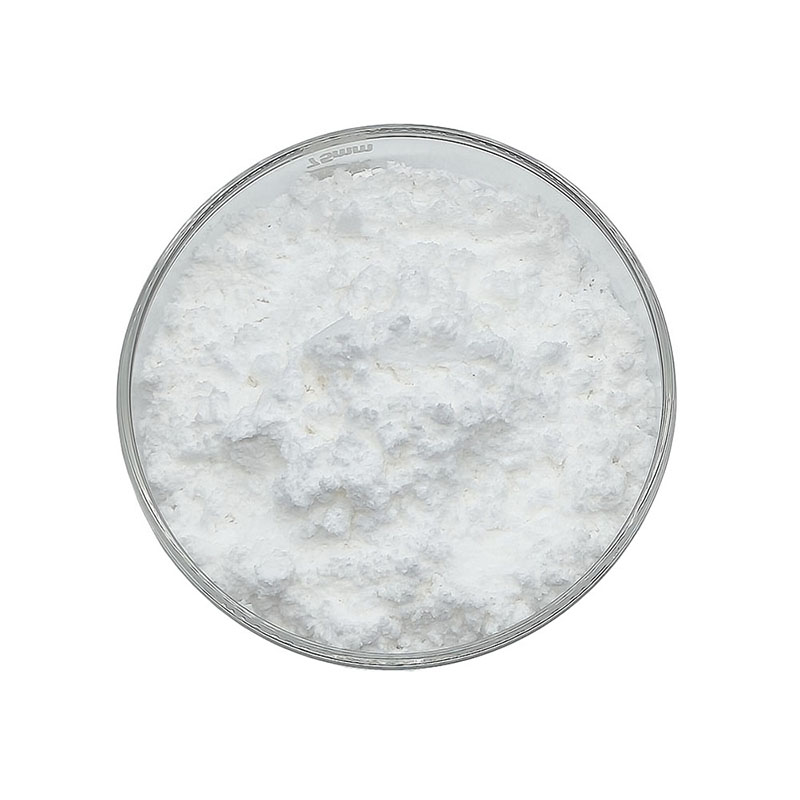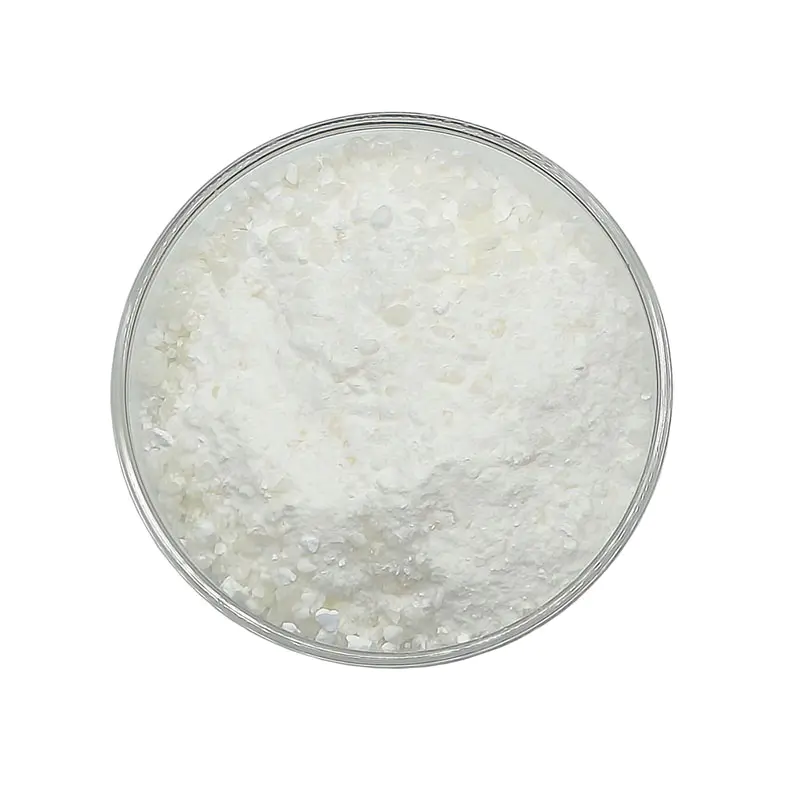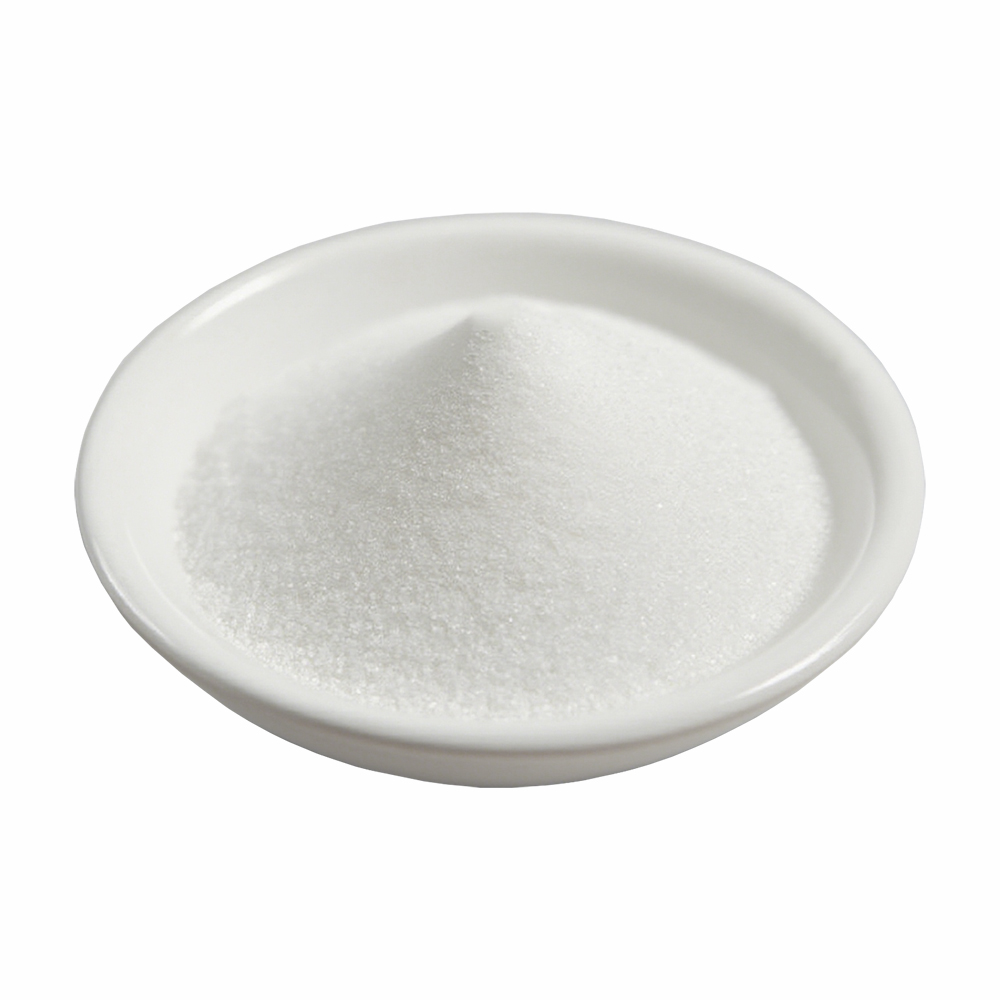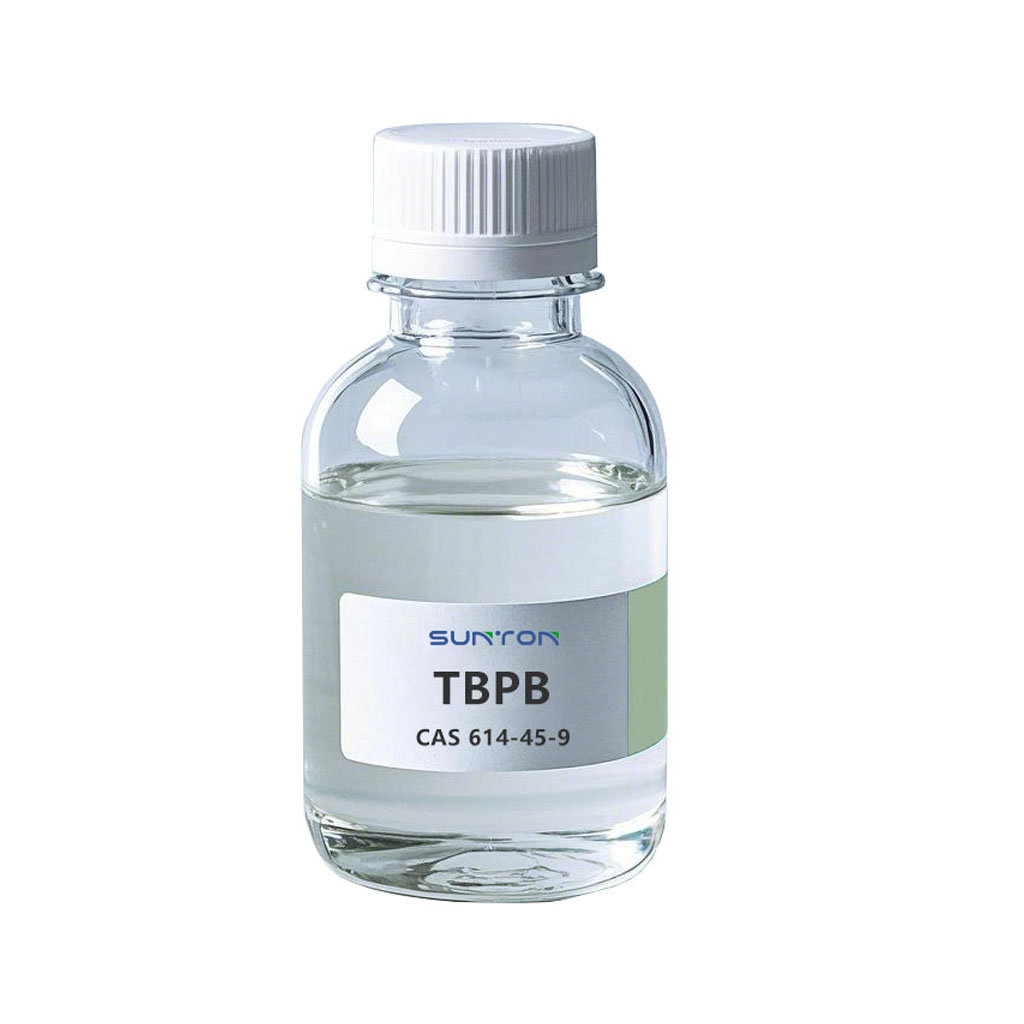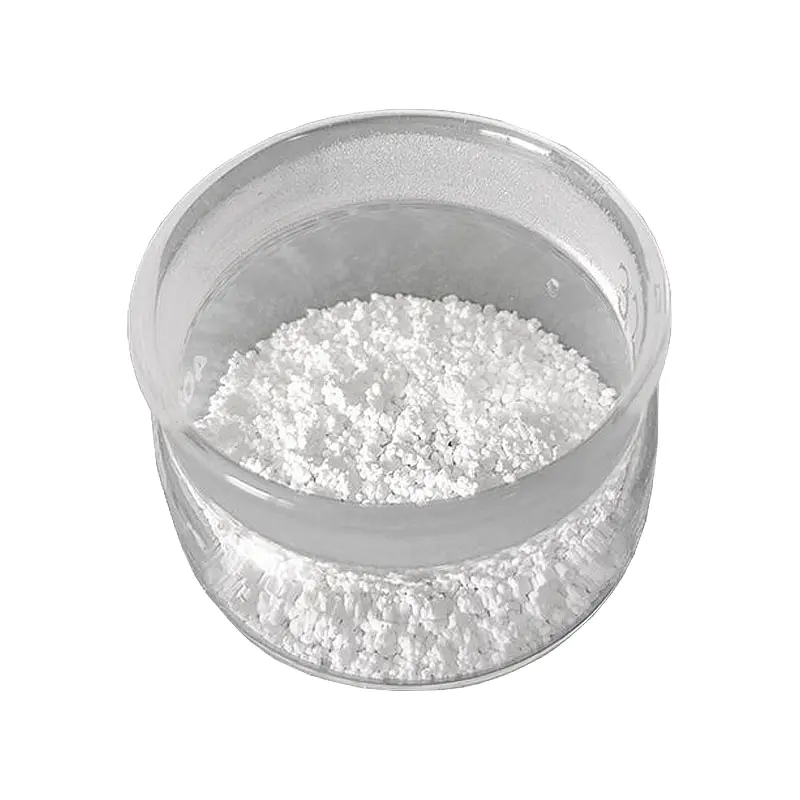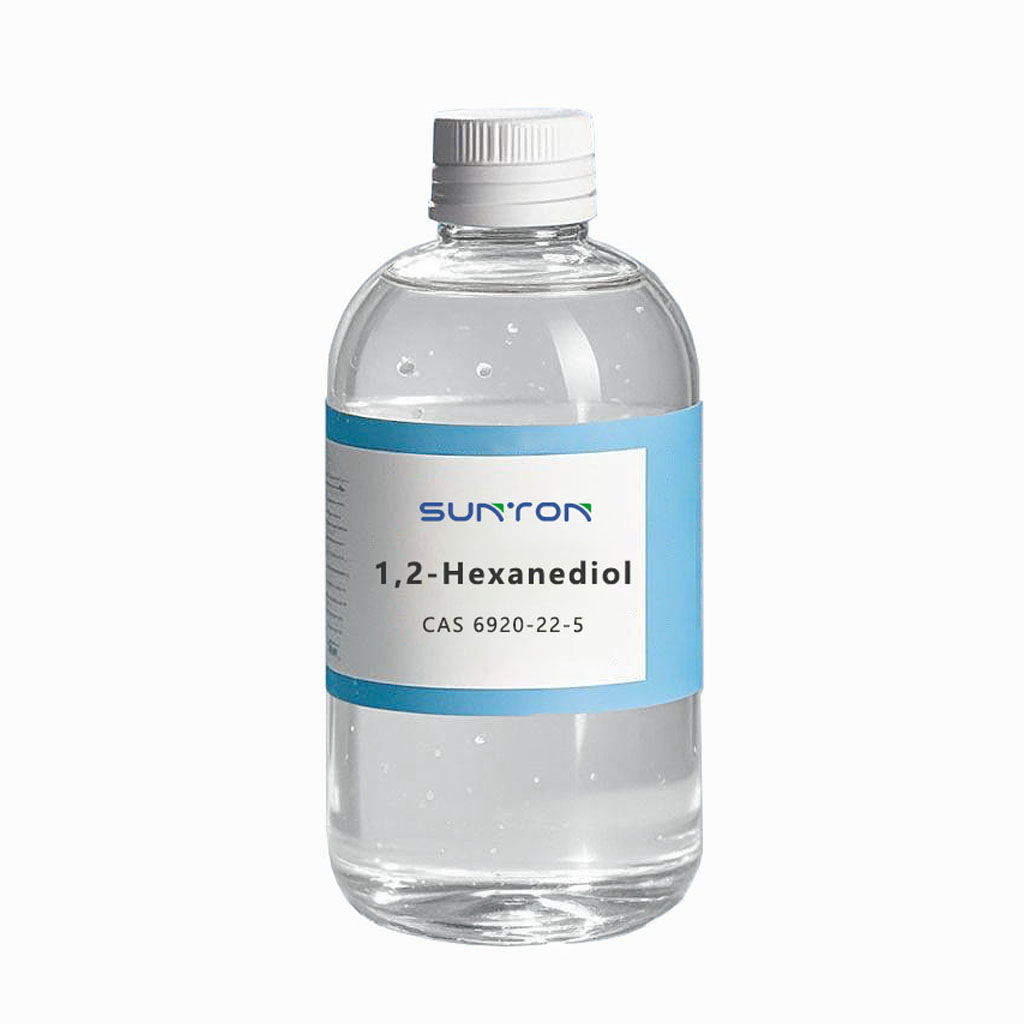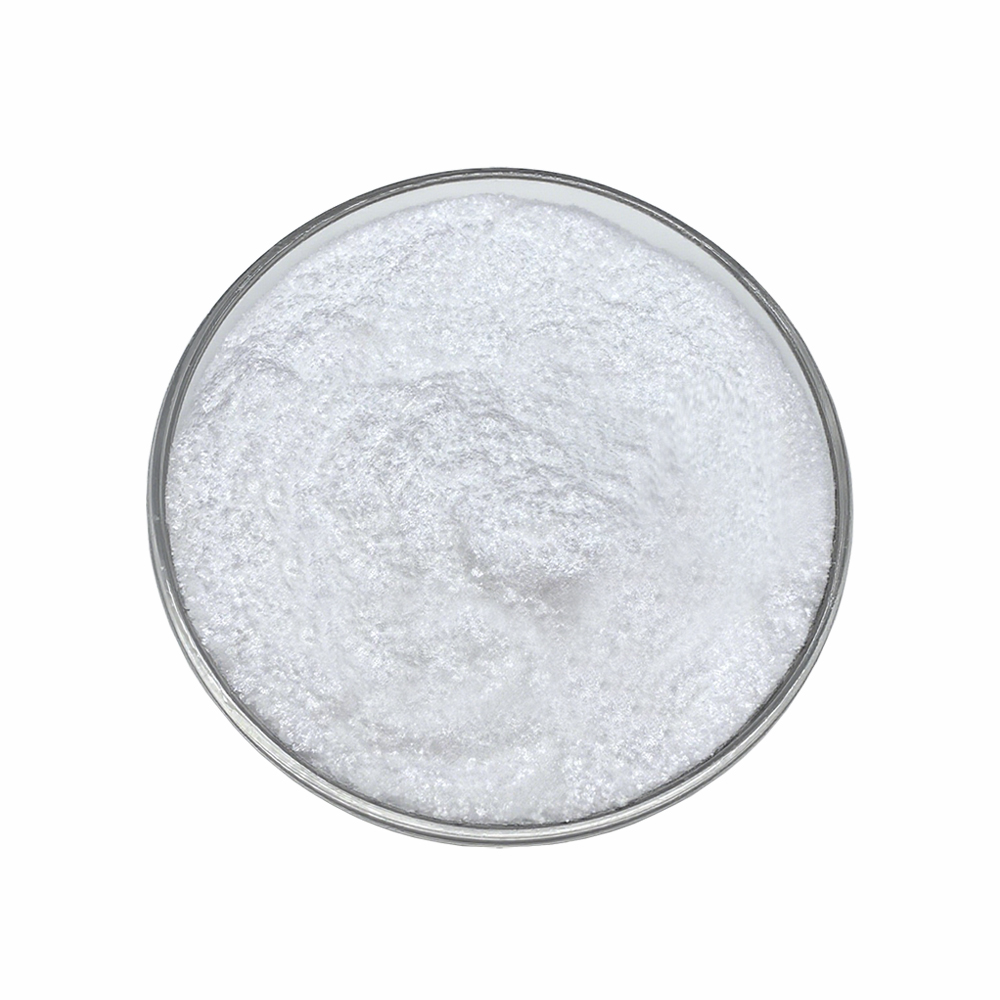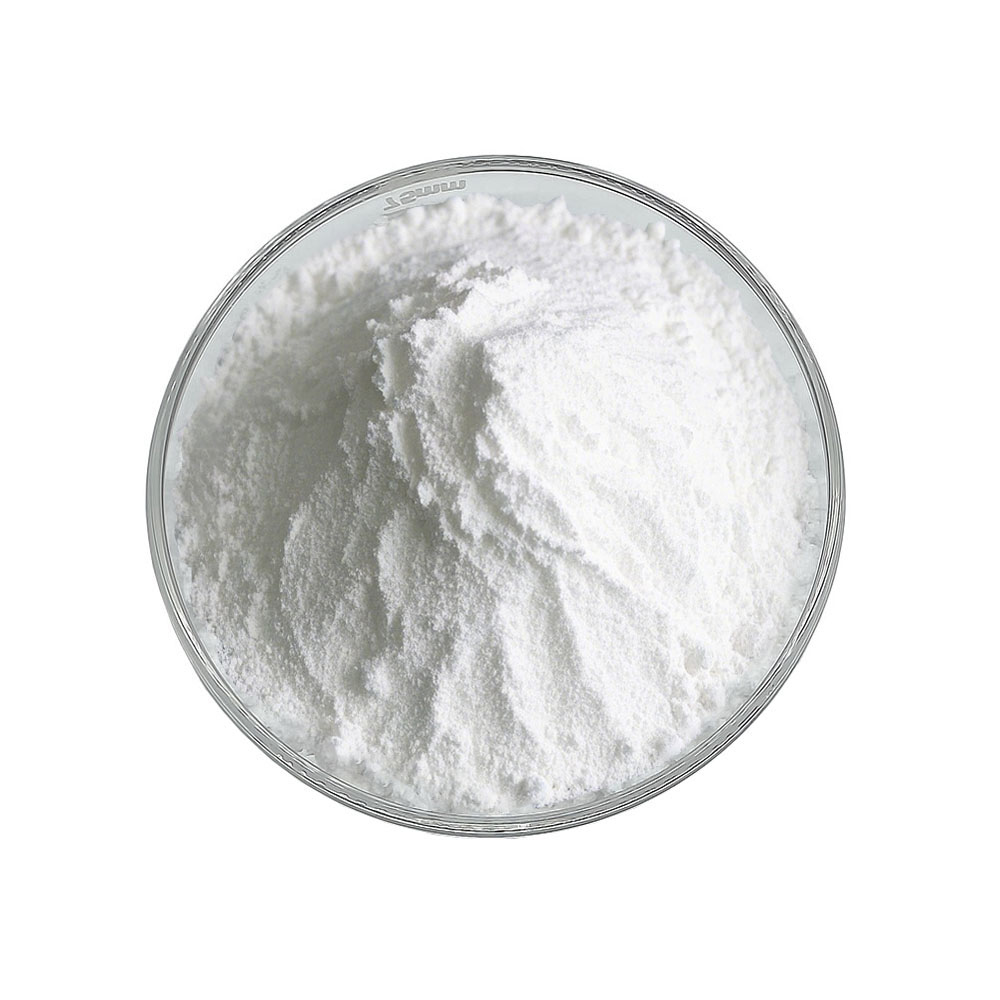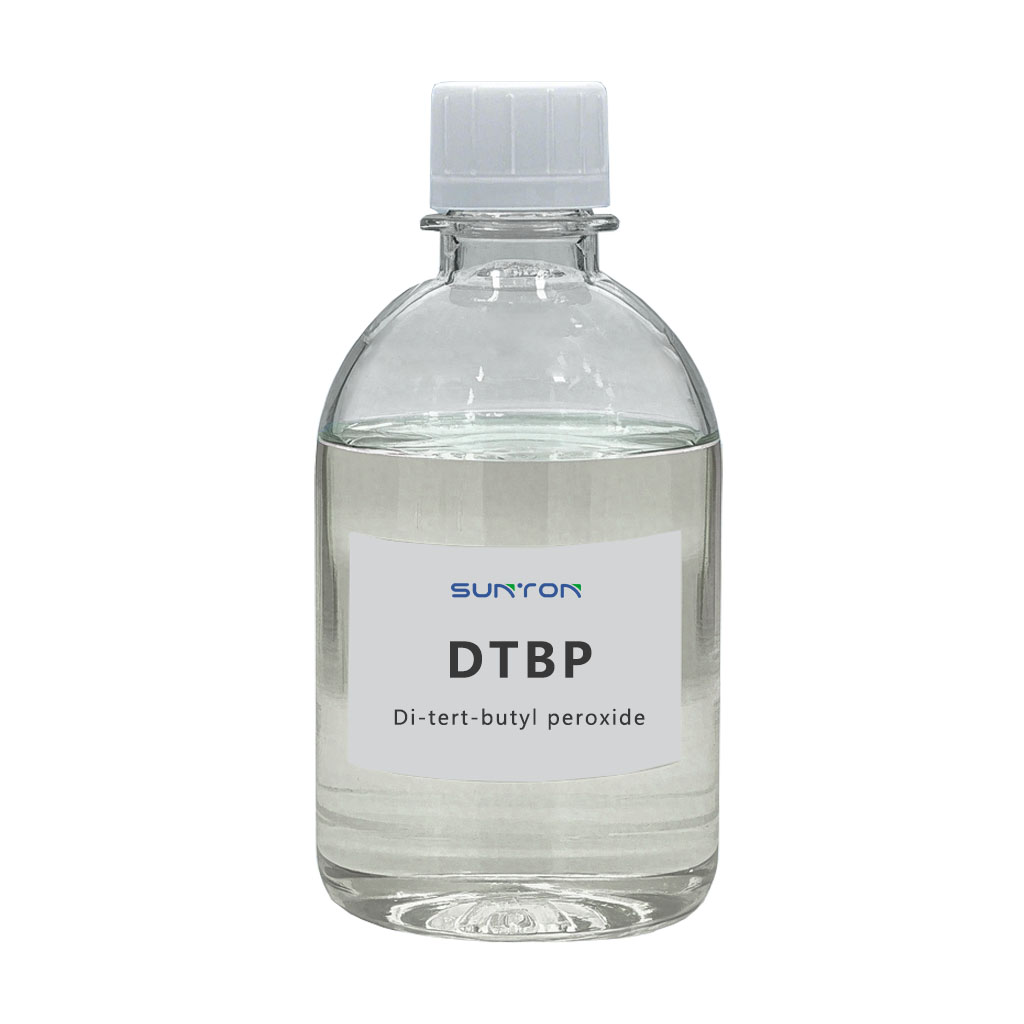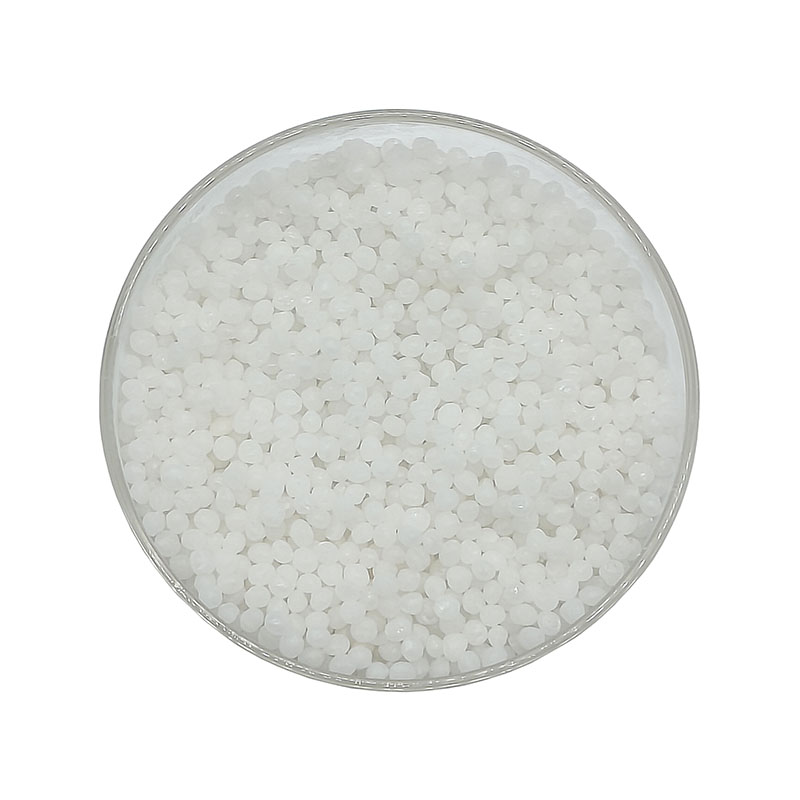Search By Posts
Product Category
Industry News
 By Admin
By Admin
New solution in the field of polymer cross-linking: Study on the stability of 2,3-Dimethyl-2,3-diphenylbutane in high-temperature vulcanization
Intrinsic correlation between molecular structure and thermal stability
The unique molecular structure of 2,3-Dimethyl-2,3-diphenylbutane is the material basis for its excellent thermal stability. The benzene ring structure on both sides of the central C-C bond in the molecule forms an effective steric hindrance effect, which significantly improves the thermal dissociation energy of the chemical bond. Quantum chemometry shows that the molecule's main bond dissociation energy is 30-40% higher than that of traditional crosslinking agents, which is a key factor in maintaining structural integrity under high temperature conditions. The design of molecular symmetry also gives the material good crystallinity and purity, avoiding the early decomposition caused by impurities.
Thermogravimetric analysis data confirmed that the initial decomposition temperature of 2,3-Dimethyl-2,3-diphenylbutane under nitrogen atmosphere reached above 320°C, which was much higher than the conventional vulcanization temperature range. Kinetic studies show that the thermal decomposition of this compound follows a specific free radical mechanism, and the decomposition products can participate in the construction of crosslinking networks rather than causing chain breakage. This controllable decomposition characteristic allows it to meet the high-temperature processing requirements and ensure the quality stability of the final crosslinked product. Molecular simulation further reveals the stabilization effect of benzene ring electron cloud on free radicals, explaining its high temperature tolerance mechanism from the electronic structure level.

Performance performance in high temperature vulcanization process
In actual high-temperature vulcanization applications, 2,3-Dimethyl-2,3-diphenylbutane shows many process advantages. Rheometer tests showed that the rubber composites with the crosslinking agent showed a more stable torque rise curve in the vulcanization temperature range of 180-220°C, indicating that the controllability of the crosslinking reaction was significantly improved. Compared with traditional crosslinking systems, the positive vulcanization time of the new system is reduced by about 15%, while the vulcanization return phenomenon is reduced by more than 40%. This efficient vulcanization characteristic is particularly suitable for uniform vulcanization of thick products and large rubber parts.
Material performance test data show that the performance retention rate of vulcanized materials using 2,3-Dimethyl-2,3-diphenylbutane has been significantly improved after high-temperature aging. After 168 hours of hot air aging at 150℃, the tensile strength retention rate reaches more than 85%, and the compression permanent deformation is improved by 30%. Dynamic mechanical analysis reveals that the network structure constructed by the new crosslinking system has higher crosslink density uniformity, which is the structural basis for its excellent thermal aging resistance. These characteristics make this material particularly suitable for rubber products in high-temperature application scenarios such as automotive engine compartments and industrial conveyor belts.
Compatibility study with different polymer matrix
2,3-Dimethyl-2,3-diphenylbutane shows wide applicability in a variety of polymer systems. In the system of natural rubber/butyl rubber combined, the crosslinking agent exhibits good distribution balance, avoiding performance defects caused by uneven distribution of traditional crosslinking agents between different rubbers. For EPDM rubber, the benzene ring in its molecular structure produces a specific interaction with the vinyl group, improving the dispersion and reaction efficiency in non-polar rubber. In high polar systems such as nitrile rubber, ideal crosslinking effects can also be achieved by adjusting the activator system in the formula.
In the field of thermosetting plastics, the application of 2,3-Dimethyl-2,3-diphenylbutane as an auxiliary crosslinking agent has also made progress. For unsaturated polyester resins, this compound can participate in free radical copolymerization reactions to increase the thermal deformation temperature of the resin cured product. In a phenolic resin system, it is used as a chain extension agent, which can reduce the viscosity of the system and improve the processability without affecting the heat resistance of the final product. The applicability of this multi-system greatly expands its industrial application scope and provides a unified solution for improving material performance in different fields.
Prospects and technical challenges of industrial production
Although 2,3-Dimethyl-2,3-diphenylbutane has performed well in laboratory research, its industrial application still faces some technical challenges. Optimization of synthesis processes is the primary issue, and the current multi-step synthesis route needs to be further simplified to improve yields and reduce costs. Improvement of purification technology is also very critical, and it is necessary to develop efficient crystallization or distillation processes to ensure that the purity of the product meets the requirements of high-end applications. In terms of formula technology, systematic compatibility research is still needed to work together with other additives such as anti-aging agents and accelerators.
From the perspective of market prospects, with the continued growth of demand for high-temperature materials in industries such as automobiles, electronics and electrical industries, the market potential of 2,3-Dimethyl-2,3-diphenylbutane is huge. Especially in the field of new energy vehicles, the demand for high-temperature resistant rubber seals will create considerable market space for this product. The increasingly strict environmental protection regulations are also promoting the renewal of traditional crosslinking systems, providing development opportunities for this type of environmentally friendly high-temperature stable crosslinking agent. It is expected that in the next five years, with the expansion of production scale and the reduction of costs, this product will be widely used in the field of high-end rubber products.
Research on the stability of 2,3-Dimethyl-2,3-diphenylbutane in high-temperature vulcanization has opened up a new direction for polymer cross-linking technology. The excellent thermal stability brought by its unique molecular design provides an effective solution to solve the problem of material performance attenuation in high temperature environments. From basic research to industrial applications, the development process of this compound reflects a complete innovation chain of molecular design-performance research-process optimization. For the rubber industry, the adoption of this new crosslinking additive is not only a technical choice to improve product performance, but also a strategic layout to adapt to the needs of high-temperature application scenarios. With the deepening of research and the expansion of application, 2,3-Dimethyl-2,3-diphenylbutane and its derivatives are expected to become an important part of high-performance polymer cross-linking system, promoting the entire industry to develop in a more efficient and stable direction.


 English
English 中文简体
中文简体
